Xiaomi Mi4i – Camera Review
Xiaomi devices are known for their camera capabilities. The Xiaomi Mi4i is no exception. Though it does not promise to take mobile photography to any new levels, the Mi4i has a camera that does the job right with no frills and a few thrills. Xiaomi Mi4i is a very slim device and this means that the sensor size is very small. It has a thin profile at just 7.8 mm, flush and flat at the back. It weighs just 130 grams. The camera sensor size is crucial for good quality image, while mega pixel count is just a part of the equation. Most people make an opinion about a camera based on the mega-pixel count which is a blatant mistake. A 12 mega-pixel DSLR is not an equal match for a 41 mega pixel mobile camera.
Let me bring in my favorite analogy to explain the size of a sensor. If you think of each pixels a bucket and have 16 small buckets, you would have a 16 bucket water storage. Now if you take bigger buckets, the same level of storage can be attained with fewer buckets. Now apart from the size, the quality of the sensor also matters. So never estimate the capabilities of a camera with just the pixel count. Sensor type, sensor size, pixel count, lens, image processing algorithm and image processor are the key ingredients that determine the quality of image output.
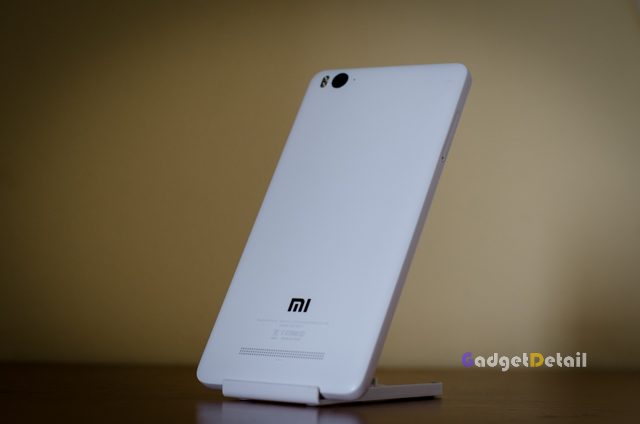
The Mi4i uses either a Samsung or Sony CMOS sensor and the rest of the image quality is taken care of Xiaomi’s own image processing algorithms. The Xiaomi Mi4i has a 12.78-mega-pixel primary camera with a 5 element lens. The optimal number of lens elements also contribute to the quality of the image. The lens is capable of a wide aperture f/2.0. Going back to the analogy, a wide aperture equates to a wide mouthed tap. So this tap can fill the buckets much faster. If we have wide aperture lens, the shutter speed can be really high contributing to sharper images even at challenging light conditions. Also the camera is assisted by a dual tone LED flash. A neutral tone and a warm tone flash combination tends to give a natural tonality to the image when clicked with flash on. The front camera is a 4.79 mega-pixel CMOS sensor with a f/1.8 lens. The front camera is purported to have a wide angle capability of upto 88 degree.
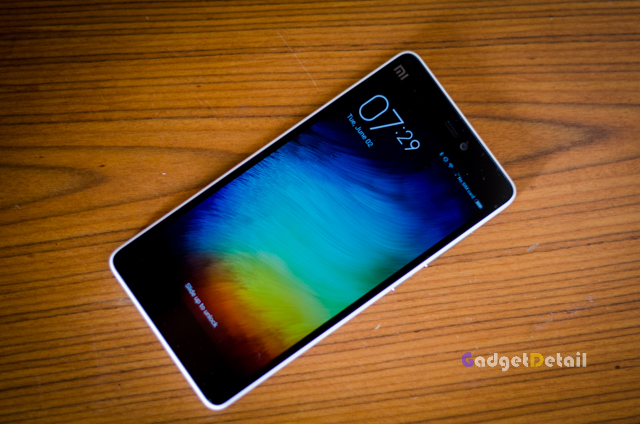
The camera UI is an integral part of the entire assembly. The user experience of the camera interface aids to the imaging experience of any camera. What good is a camera, if you have to fiddle for most of the settings most of the time. The Xiaomi camera app (though the UI is heavily influenced by Apple) is very intuitive. It is minimalist by design and is very intuitive when comes to finding the different settings. A study also says that most mobile users don’t go beyond the Auto mode and hence it is very important for the mobile to be unleash it maximum potential in auto mode. The Xiaomi Mi4i raises zero issues in that department.
The screen in the camera app is very screen. The buttons and icons used are very minimal and unobtrusive. A swipe from the right brings in 12 different filters that can be used to add a bit of fun to your photos. Swiping from the left reveals the 6 modes. Refocus mode is where you click a frame and then focus on selected subject later on. That is very similar to Lytro camera and we first saw this feature as a Refocus app in Nokia Lumia mobiles. The HHT or the Hand Held twilight mode is basically night mode which reduces the blur due to the hand shake vibrations under low light conditions as the shutter speed is very slow. We have a timer to set the auto timer. Then we have the beautify mode which smooths the skin. Then we have the Panorama mode, but the mode that interests me the most is the manual mode.

In the manual mode you have control over White balance, focal distance, shutter speed and ISO. The auto mode is smart enough to judge most of the scene and select the right set of settings for you. But there are times where you want to take control and get a little creative and think out of the box. So manual mode makes sense to the adventurists.
A swipe from the top or bottom changes the camera from primary to secondary and vice versa. There is also an icon in the UI to do this, in-case the swipe isn’t intuitive enough. The front camera can detect face and also has a live algorithm that guess the age of the subjects. The shutter button when kept pressed, can be programmed to take burst shots or focus on the subject. Touching on any part of the frame will focus it and also the on the focused point, a dial comes up with which you can control the exposure compensation of the shot and then click it. This helps in altering the exposure meter settings set by the auto mode and give you a bit of control. I have never seen this feature in even in high end DSLRs and I am loving it. Why hasn’t anyone thought about this before?
On switching to video mode, you would be able to capture full HD videos at 30 fps and also there are time lapse mode and the fast action mode which could be interesting and fun to try out.
Well, that’s all about the tools and now lets talk about the creation. The quality of the images under ample light conditions is just mind blowing. Considering that this mobile is available at a price band of Rs 13000, the quality of the images are of premium grade. However, I feel that the mobile display’s default color calibration is way off the grids. The images appear over saturated and vivid. But in reality, when the images are transferred to the PC, you would find that the color reproduction is natural and just-right. The details are sharp and the over sampling algorithm does not smooth out the edges under well lit conditions. The story is different under low light conditions. The camera just falls flat on its face when it comes to low light conditions. There is too much noise and at the times the details produced are not sufficient. Anyway we have the dual tone flash to assist under such situations. The flash aids in a marginally natural skin tone compared to the regular flash where the skin tone is just too bright and unnatural. Also the flash focuses fast and accurately on the intended subject.
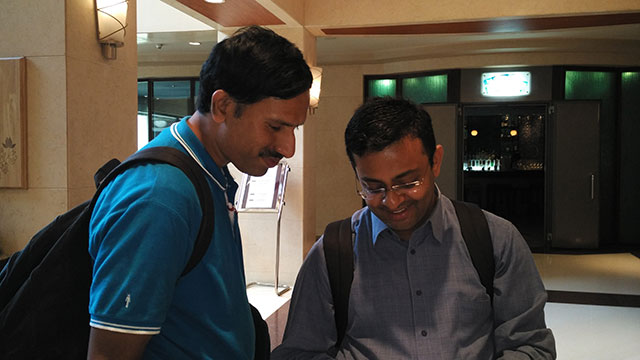
Shot without Flash
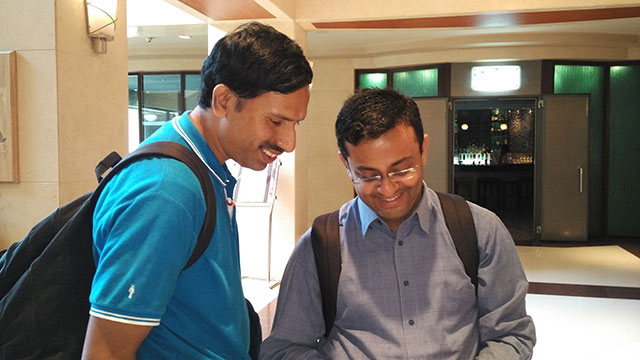
Shot with the dual tone LED flash
The HDR mode has a couple of options. When the flash is set to auto, the HDR can also be set to auto. But when you disable the flash, the HDR has 2 levels of dynamic range, Live and Enhanced. The HDR output is natural and is not over saturated. The under exposed areas are exposed and this normally would lead to noise or over saturation and in Mi4i, either happens. Overall a satisfying HDR experience.

Shot without HDR mode

Shot with HDR mode on (Enhanced HDR)
The front camera produces almost the same quality of images as the primary camera. It is wide enough to accommodate a group of people for your selfie moments. The beautification mode, which smooths the skin can be turned off or adjusted to be low, medium or high.
The camera lacks optical image stabilization, but for video recording, image stabilization can be enabled. This is software bases stabilization and does not involve any mechanical stabilization. The stabilization results are not that great. Slow motion video is not available for 1080p videos, but under 720p the slow motion option does not give any control over the frame rate. The overall video recording experience does not ring any bells and whistles, but it is a straight forward experience and Mi4i does the job assigned perfectly. Not just the video but thanks to the noise cancelling mic, the audio recorded with the video is also of high quality.
Frankly speaking, I haven’t seen any mobile in this price range with such a great camera experience. In the camera department alone, Mi4i has blown away any competitor that tries to capture this mobile market segment. If I really want to pick up a point to complain about the camera in Mi4i, that would be its low light photos. One competitor that comes really close to the Mi4i, in terms of camera would be the ZenFone 2. Though ZenFone 2 has more tricks up its sleeve, when compared to Mi4i, I would say that the Mi4i offers a clean and straight forward experience with no frills and a few thrills.

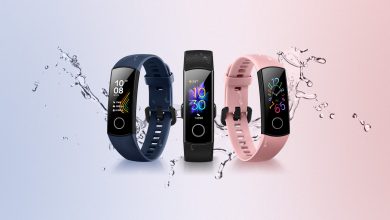
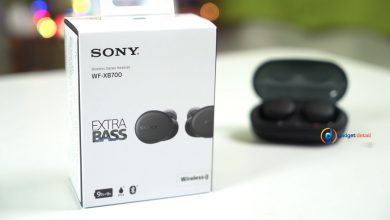
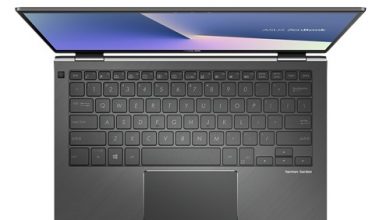
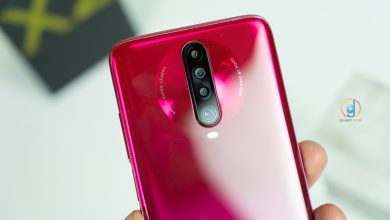

[…] for you, you can check our review here and also you can check the detailed review on the camera here. It has got an excellent camera like most other Xiaomi devices. Buyers who are looking to buy a sub […]